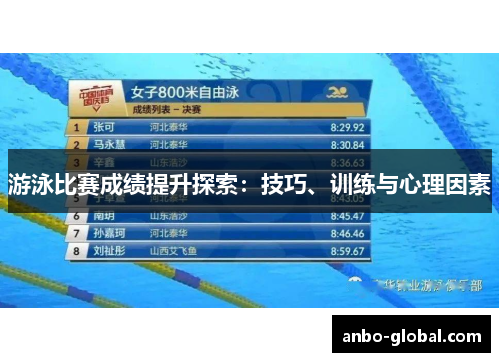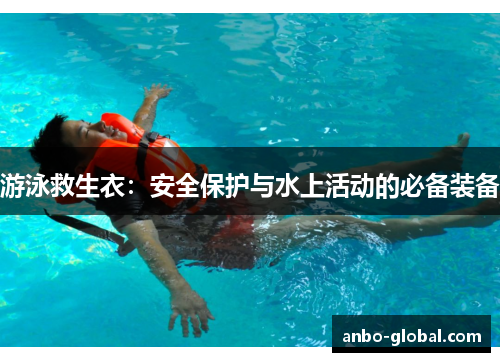游泳比赛成绩提升探索:技巧、训练与心理因素
Certainly! Here's the structured article on improving swimming competition performance through exploration of techniques, training, and psychological factors:
**Abstract:**
In the realm of competitive swimming, achieving peak performance demands a multifaceted approach. This article delves into the crucial elements of technique refinement, strategic training methodologies, and the intricate interplay of psychological factors. By dissecting these components, swimmers can unlock their true potential, enhancing both efficiency and mental resilience in pursuit of excellence.
---
**1、Technique Refinement**
Efficient swimming technique forms the bedrock of competitive success. Mastery begins with fundamental strokes—freestyle, backstroke, breaststroke, and butterfly. Each stroke demands precise body alignment, stroke mechanics, and breathing rhythm to minimize drag and optimize propulsion.
Advanced techniques such as flip turns and underwater dolphin kicks are pivotal for competitive advantage. These elements, when executed with precision and timing, contribute significantly to race tempo and overall efficiency.
Beyond individual strokes, holistic technique refinement includes body positioning adjustments and streamlining tactics. These subtleties collectively shave off crucial milliseconds, differentiating podium contenders from the rest.
**2、Strategic Training Methodologies**
安博在线Training methodologies tailored for competitive swimmers integrate endurance, speed, and recovery protocols. Periodization—a cyclical training approach—balances intensity and recovery phases to optimize performance peaks during competitions.
Specialized drills focus on specific weaknesses, enhancing stroke mechanics and endurance thresholds. Incorporating interval training sharpens race pace adaptation and cardiovascular efficiency, crucial for sustaining peak performance over varying race distances.
Cross-training complements swimming workouts, fostering overall athleticism and injury prevention. Strength training and flexibility exercises bolster core stability and joint mobility, translating into enhanced stroke power and agility in the water.
**3、Psychological Factors**
The mental fortitude of swimmers influences performance outcomes profoundly. Pre-race preparation involves visualization techniques, where athletes mentally rehearse races—anticipating challenges and visualizing successful outcomes.

Managing race-day stress through relaxation techniques and focused breathing routines optimizes physiological arousal levels. Maintaining a resilient mindset amid competitive pressure fosters adaptive responses to unexpected race scenarios, ensuring composure and strategic decision-making.
Post-race debriefing and mindfulness practices cultivate self-awareness and emotional regulation, facilitating continuous improvement and psychological resilience throughout the competitive season.
**4、Integration and Conclusion**
Integration of refined technique, strategic training methodologies, and robust psychological resilience forms the cornerstone of elevated swimming performance. By harmonizing these elements, swimmers can maximize efficiency, endurance, and mental acuity—ultimately propelling them towards podium success.
Enhancing competitive swimming performance demands a synergy of technical prowess, disciplined training regimens, and unwavering psychological resilience. Mastery of strokes, strategic training methodologies, and mental preparedness not only elevates performance metrics but also cultivates a holistic approach to athletic excellence.
**Summary:**
In conclusion, achieving optimal performance in swimming competitions hinges on a balanced fusion of refined technique, strategic training methodologies, and resilient psychological strategies. By honing these aspects, swimmers can navigate the complexities of competitive swimming with precision and confidence, consistently pushing boundaries and surpassing personal bests.







